- crease in the center, minimal tear at the upper crease, corners slightly bumped
- The Battlefield of the Imagination -
Two fantastical creatures appear to be engaged in battle. Both creatures are connected by the black surface. Although a plot is suggested, no story is told. Instead, the aim is to allow for as many associations as possible. The imaginative potential lends the magical yet strange world a lyrical intensity, which is expressed through color.
About the artist
Joan Miró is considered one of the most important figures of the avant-garde and Surrealism. His style is characterized by a combination of abstract forms, vivid colors, and surrealistic motifs that are often reminiscent of children's drawings or folk art. Born in Barcelona to a goldsmith, Miró initially pursued a career in commerce. Initially, he completed a commercial apprenticeship before devoting himself entirely to painting. In 1912, he began studying at the Reial Acadèmia Catalana de Belles Arts de Sant Jordi in Barcelona. His early works show influences of Cubism, Fauvism, and Expressionism. In 1920, he moved to Paris, where he joined the Surrealist movement and collaborated with artists such as Picasso and Max Ernst. His Surrealist pieces, including Carnival of Harlequin, became significant contributions to the movement. He also designed sets for the Russian Ballet and created numerous graphic works. His work is exhibited in renowned museums around the world, including the Fundació Joan Miró in Barcelona, the Museum of Modern Art (MoMA) in New York, and the Tate Modern in London. In 1956, Miró relocated his primary residence to Palma de Mallorca, where he lived until his death. He remained artistically active into old age, creating numerous works until his death.


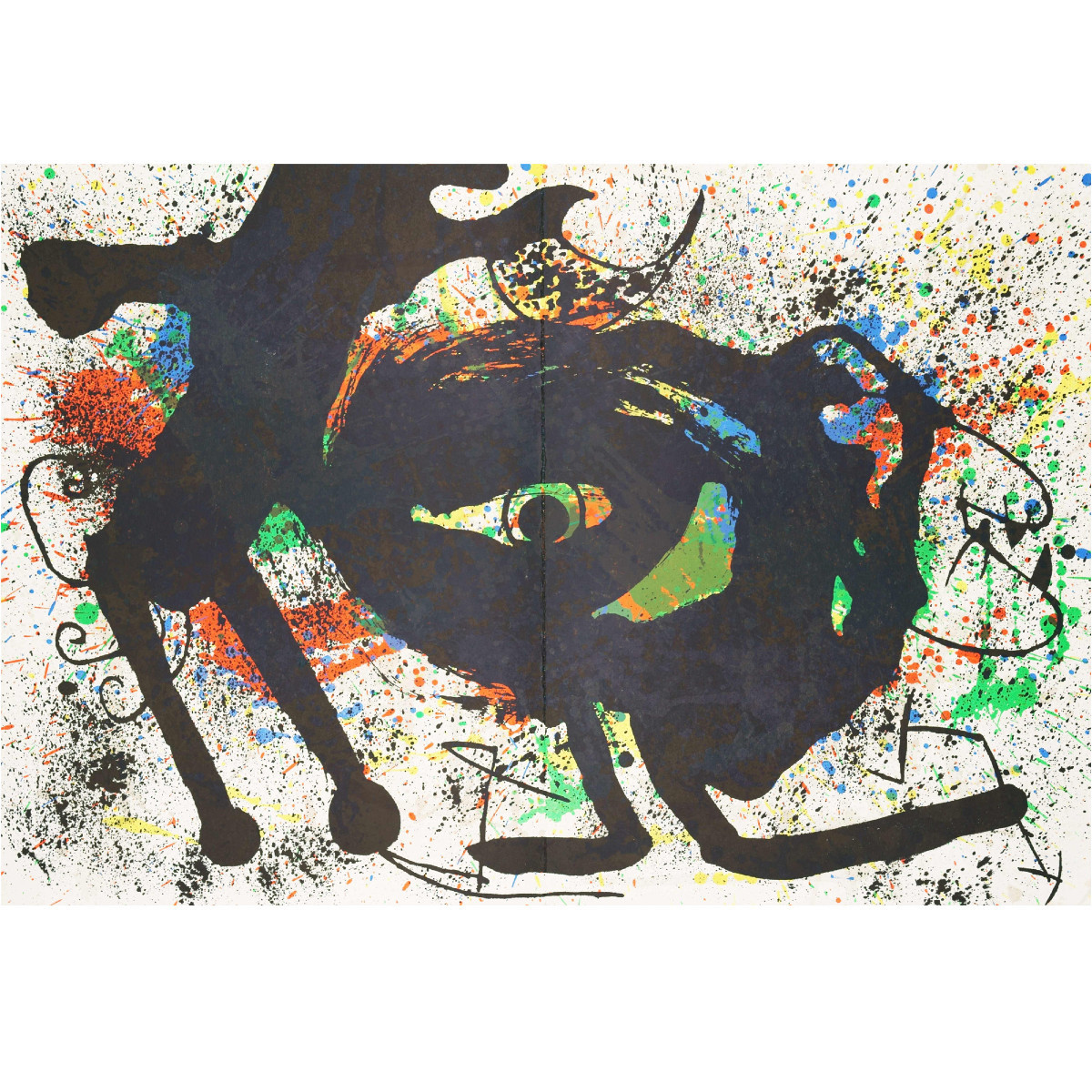











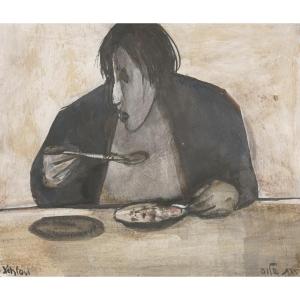








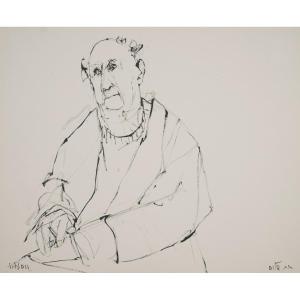




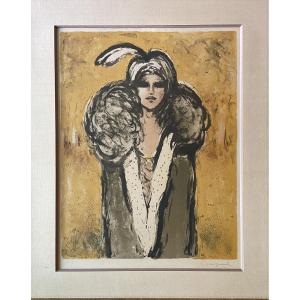
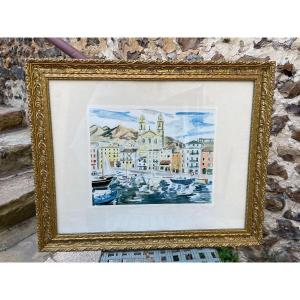




 Le Magazine de PROANTIC
Le Magazine de PROANTIC TRÉSORS Magazine
TRÉSORS Magazine Rivista Artiquariato
Rivista Artiquariato